I'm new to image segmentation, but I need to do it to get a database for the machine learning classifier.
Essentially I have a video similar to this image:
My job is to identify cows in the foreground, or at least any cow at all. I realize there is an occlusion problem, but for a starter I'd like to correctly segment a lonely cow, like the one with the red rectangle around it (hand-drawn).
In less challenging problems, such as this, I discriminate by adding a threshold for every pixel, that either becomes (0,0,0) for the object or (255,255,255) for the background:
Then I label the pixels with the same values to get classes and obtain the rectangle for large enough 'blobs'.
For the image above this approach will not work as the objects and the background are similar + there are a lot of shadows, side lighting etc, so I'm not sure how to approach it. Any suggestions are welcome.

